Editor’s Note: Welcome to the final installment of our series, New Ideas in Art. If you missed it, check out Time as an Element, Perspective, and Text as an Element.
This Week’s Theme: Destruction
I recently visited the Hirshhorn Museum in Washington, D.C. to view the exhibit, Damage Control: Art and Destruction. The museum’s description states, “Although destruction has been interwoven throughout the history of art, in the decades since World War ll, the concept has become an important element of artistic expression. Damage Control was curated to present an overview of artwork created in this motif since 1950.”
Here are three examples from the exhibit.
Ai Weiwei – Dropping a Han Dynasty Urn
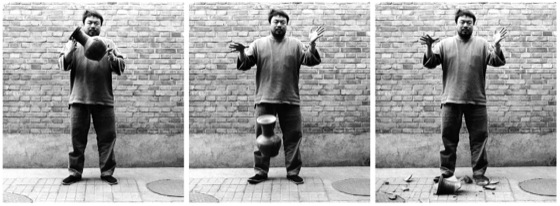
The work on display was a photographic triptych. In the first image, Ai Weiwei holds, at chin height, an urn from the Han Dynasty. In the second photo Ai has released the urn which is suspended in time about a foot off the ground. In the third and final image, the urn has hit the ground and is shattered into pieces. The three images lead the viewer to question the meaning behind the destruction of a 2,000 year old artifact and the act’s relationship to culture, traditions, value and even politics.
John Baldessari – The Cremation Project
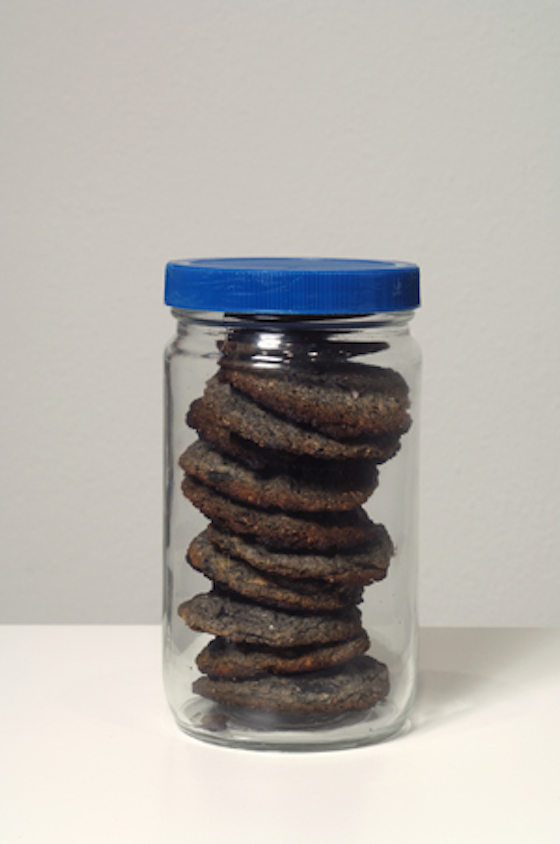
As a young artist, John Anthony Baldessari was an abstract painter. As he grew and developed as an artist, he was no longer satisfied with his earlier work. In 1970 he gathered the works of art that he had created between 1953 and 1966 and drove to a crematorium where he burned all of them. He used the ashes to create a new worked titled The Cremation Project. Baldessari took the ashes from these paintings and baked them into cookies. The cookies were placed in an urn and a bronze plaque was created to commemorate the death of his early work. This piece is made complete with the addition of the recipe for making the cookies.
Pipilotti Rist – Ever Is Over
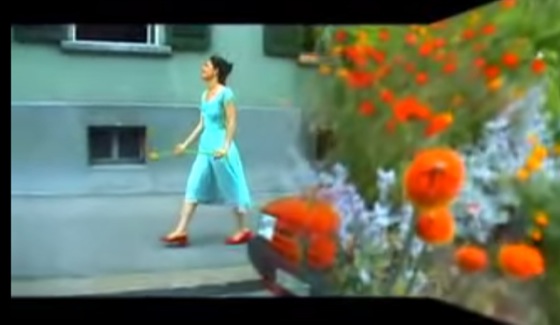
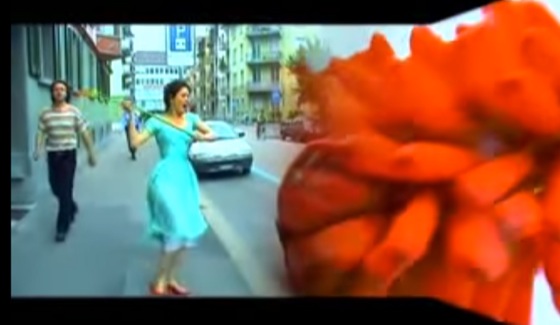
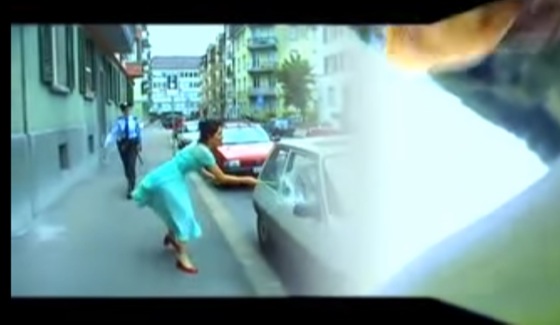
By far my favorite work in the exhibit was a video created by Pipilotti Rist titled Ever Is Over. The video piece was created by simultaneously projecting two separate videos onto two different walls with a blurred video overlapping in the middle. The video on the right simply displayed tropical flowers in a field. The main story was displayed by the video projected to the left. In it, a young woman, filmed in slow motion strolls down a car-lined city street. Her summer dress sways as she promenades down the block carrying a long-stemmed tropical flower. Cheerfully, the girl swings the long stem flower hitting a car window which, to the viewer’s surprise, is instantly smashed to pieces. The video is both whimsical and charming, while at the same time violent and tense.
Working With Students
As art teachers, we tend to use nouns like buildings or animals when giving our students themes to work with. However, with a theme like “destruction” we want to stress questions that students can answer instead of subjects to draw. The idea is to get the students thinking deeper about the concept of destruction, as opposed to having them simply drawing something that is broken. Although I haven’t used the theme of destruction in my art room yet, I might ask: How are things destroyed? What are methods of destruction? What are reasons that things are destroyed? Have you ever had something destroyed that you wish hadn’t been? Did you ever destroy something on purpose?
Let’s generate a list of possible project ideas below. What are some ways students might answer the questions above?
What other questions might you ask to get students thinking about the theme of destruction?
Can you think of any other artists that might also fit this theme?
Magazine articles and podcasts are opinions of professional education contributors and do not necessarily represent the position of the Art of Education University (AOEU) or its academic offerings. Contributors use terms in the way they are most often talked about in the scope of their educational experiences.




